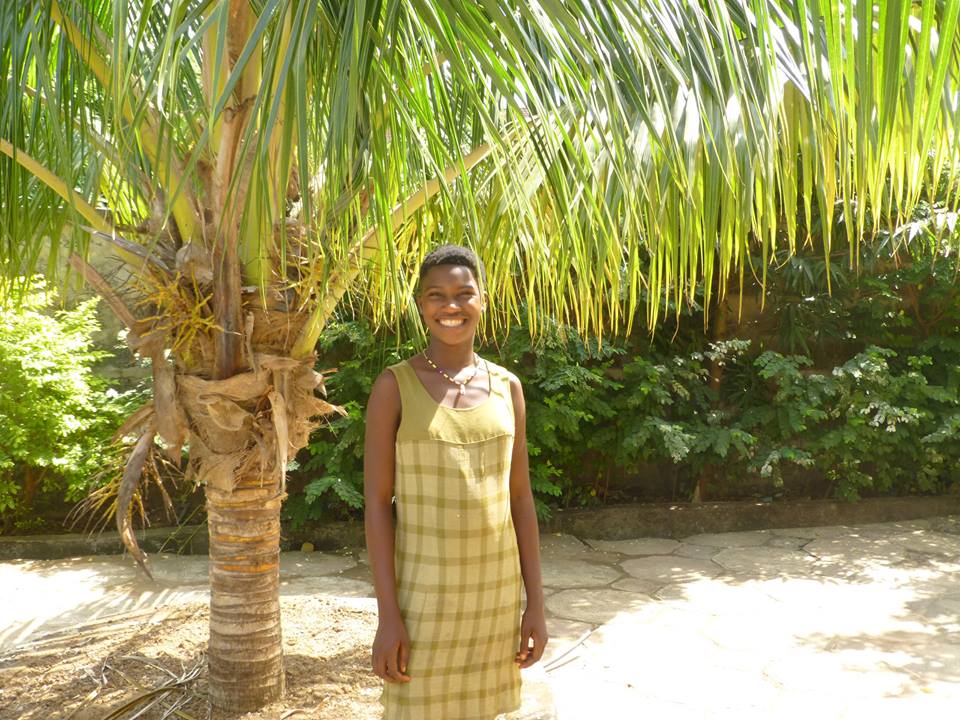
A UN Human Rights Report published in 2011 refers to street children as ‘street-connected’ children and defines street connected children as ‘as a child for whom the street is a central reference point- one which plays a significant role in his/her everyday life and identity.’ This might mean children that live on the streets; work on the streets; or those children and young people who migrate between ‘home’ and the street. Laughter Africa concentrates solely on working with those street children who live permanently on the street.
The characteristics of children living on the streets are very diverse and it is very difficult to generalise. While in many cities, children are predominantly male, in some places, girls living on the streets outnumber boys. They may live on the streets for a few weeks or a few years. Age again is varied. They could be any age from 0 to 18 depending on their situation, although predominantly they seem to be teenagers. Laughter Africa has worked with many children who are 6+. Some of the street children are disabled. Experiences of street life are similarly diverse and vary according to country to country. So why do street children live on the streets? What is it really like living on the streets? Below is a general introduction to the lives of street children.
Reasons why street children may turn to the streets
There are many factors which can lead children onto the streets. These are usually divided into two categorisations called “pull” or “push” factors. “Push” factors are those causes that encourage or force children onto the street while “pull” factors are those factors that can help make the streets seem attractive to a child. Sometimes it may be a combination of both ‘push’ or ‘pull’ factors. The reasons vary with each individual.Each child is unique and has a different reason to what led them to the streets in the first place.
“Push” factors can include; poverty; family breakdown; violence or abuse at home; neglect; war; natural disasters; internal displacement; forced marriage; FGM; parental death; parental substance abuse; effects of HIV/AIDS; child labour…..This list is endless and could go on and on…..
“Pull” factors can include a desire for freedom; financial independence; peer pressure and friendships; city glamour; adventure; and the addictiveness of street life. However, usually the pull factors play a much smaller role in leading children to the streets than the “push” factors.
Street Life
There are many challenges that face street children living on the streets including; substance abuse; violence and sexual abuse; child trafficking; forced child marriage; commercial sex work; HIV/AIDS and other sexually transmitted infections; pregnancy; home-made abortions; FGM; suicidal thoughts and low self esteem; police brutality; discrimination; cancer; and even death. In 2016, two street children, Augustine and Mohamed tragically died in Sierra Leone while living on the streets. In November 2017, Josiah, another street child living in Freetown tragically drowned. Just at the beginning of November 2018, Sheku, one of the street children living on the streets, was stabbed in the neck and died. Laughter Africa paid for his body to be transported to his family in Kono and paid for all the funeral costs. However, the country where the street-child lives dictates the type of street life and culture they experience. Some street cultures are more benign than others.
Street children are at risk from physical violence from police, adults and other authoritative figures and many children living on the streets have confessed to experiencing some form of police brutality. It’s not just violence from authority figures and adults that they need to be worried about. Sometimes the older street children physically attack the younger children too. Sometimes this violence has resulted in fatalities as many carry weapons such as knives for protection.
Rape and sexual violence are common experiences for many children on the streets, both male and female, but girls are particularly at risk. This risk could be from adults in the community, those in positions of authority and other street children, particularly the older ones. Street children are also at particular risk of child trafficking.
Many street children turn to drugs to survive on the streets and substance misuse is a common way for children to numb the reality of their experiences on the streets. In many countries this is usually glue. Street children sniff glue for a variety of reasons including; a way to suppress their hunger or coldness; using it as away to forget their problems; to help them sleep at night; and the need to feel free/escape the reality of street life. In Sierra Leone, the drug of choice currently seems to be marijuana and tramadol rather than glue. Cocaine is becoming more popular too.
Street children turn to many different activities to survive. Activities range from begging; stealing; washing cars; helping market traders; or being apprentices in poda podas. Commercial sex work is another income generation technique used by street children, both male and female. This includes children who are aged ten years and below. As a result, street children are particularly vulnerable to contracting HIV and other sexually-transmitted diseases as well as becoming pregnant.
Street life can be marred by extreme loneliness. Low self-esteem, depression and self-loathing are prevalent among many street youth.
Yet despite these horrors and challenges facing them – they don’t give up, they carry on living with strength and courage. They are not victims, they are survivors. They are ambitious, resourceful, tough and resilient and despite living in the toughest conditions imaginable – they survive.
If you would like to know more about street children,
street life and reasons why children move to the streets
For more in depth analysis about the causes of street migration, street-life, typologies of street children and the process of engagement and disengagement with the streets, please email us at info@laughterafrica.org.uk and we can send you a copy of Laughter Africa’s research that we have conducted on street children.
The Consortium for Street Children website also has a huge range of informative and interesting reports and research on street connected children which are well worth a read. To visit their website, please click here.
If you would like to learn more about street children, you can ask a Laughter Africa speaker to visit your church, community group, school or workplace and they will be happy to talk about the different issues affecting street children today as well as talk about some of the inspirational street children whom we have met.
Email us at info@laughterafrica.org.uk and we will be happy to arrange for one of our speakers to visit. Should you have any queries, please do email these to the same address and we will respond with the answers within a week.
Churches and community groups who have had a visit from a Laughter Africa Speaker so far include the following:
- St Anne’s Church in Rock Ferry
- St Aidan’s Church in Wigan
- A home education group in Manchester
- St John Fisher Church in Kearsley
- Bromborough Methodist Church
- The Salvation Army in Mold
- Trinity with Palm Grove United Reformed and Methodist Church in Oxton
- A group from St Teresa’s Church in Norris Green
- A group from St Mary’s Church in Crewe
- St Joseph’s Church in Warrington
- Christ the King Catholic Church in Childwall, Liverpool
- The Millennium Group Project (the arts and crafts group and the deaf group at Christ the King Church in Childwall, Liverpool )
- St Mary’s Church in Newton Acliffe
- St Thomas Apostle Church in Shildon
